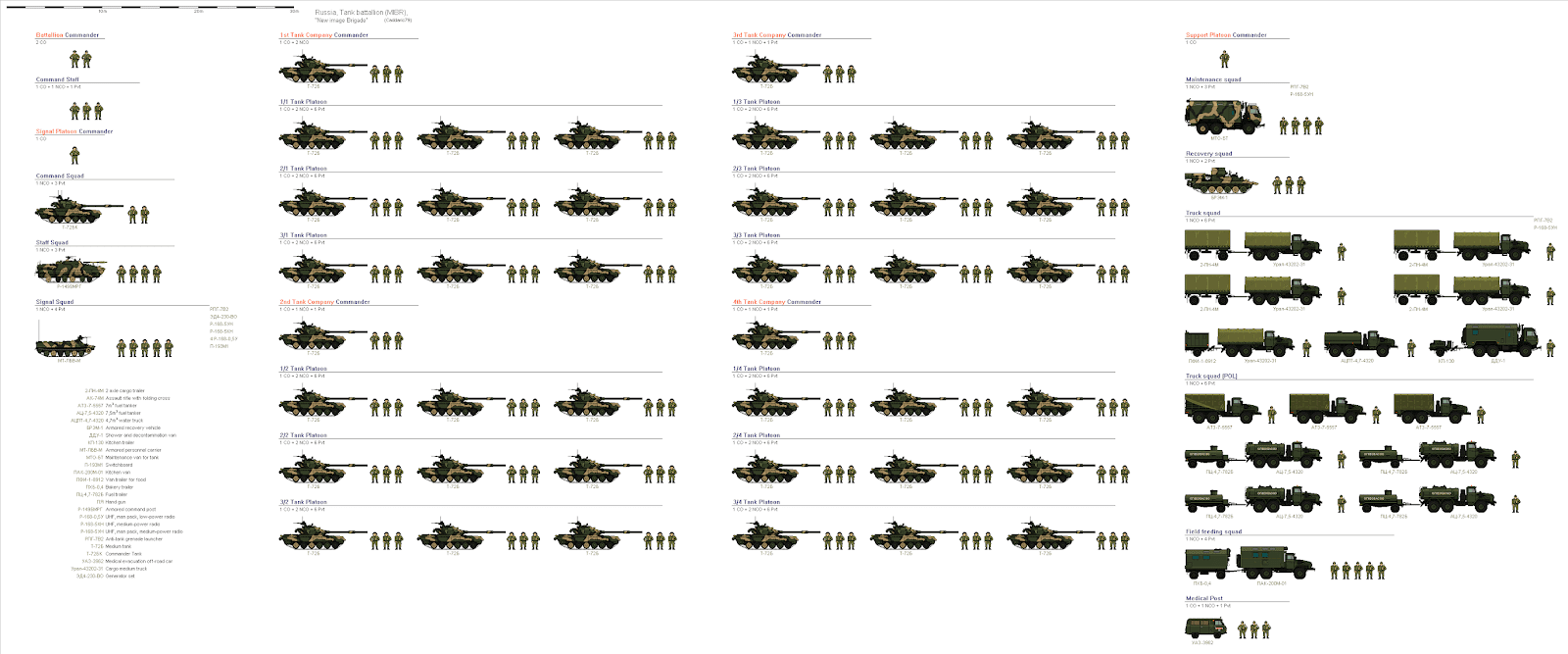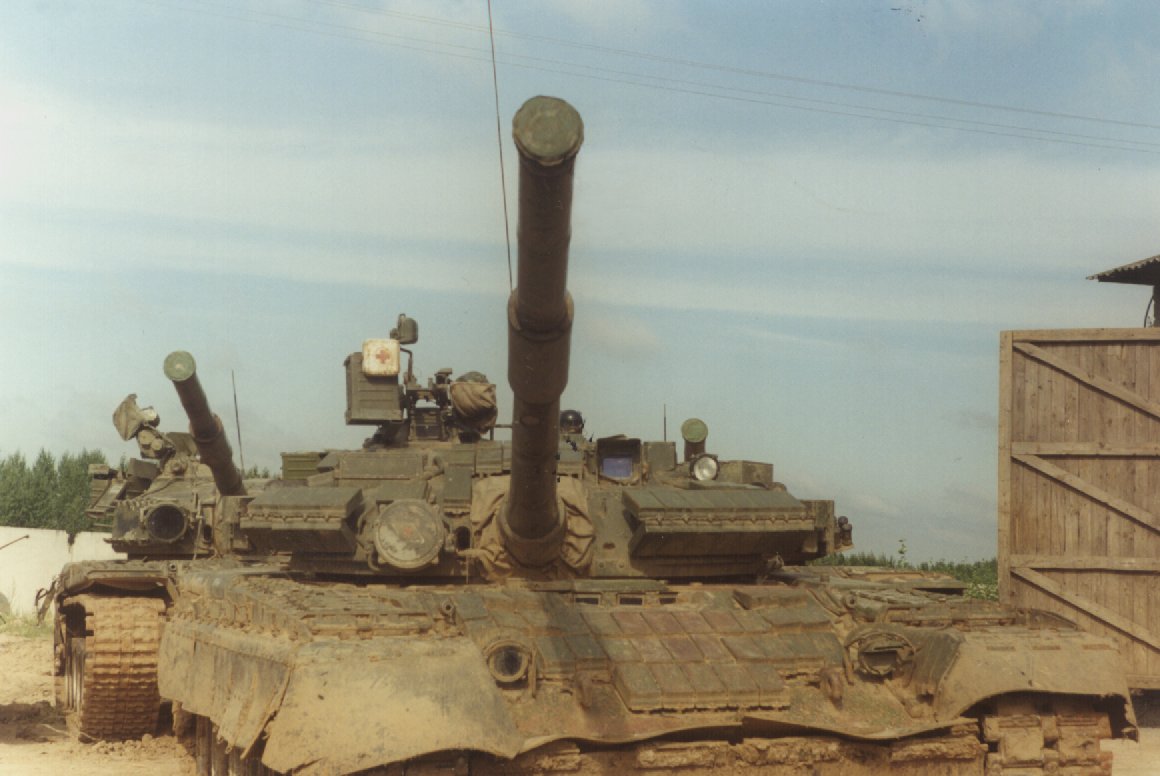
The gun became surplus to requirements with the introduction of 75mm cannons.Īs such, the vehicle was offered to the Soviet Union as part of the Lend-lease military aid scheme. The 6pdr gun was no longer powerful enough to knock out every enemy tank.

Come 1943, however, German tanks had upgraded their frontal armor again and the heavily armored Tiger tank was now deployed on the battlefield. It could penetrate 74 mm of armor at a range of 1 km. In 1942, the 6pdr (57 mm) gun had proved an adequate anti-tank gun. By this time, however, the 6-Pounder was seen as becoming unsuitable for the Anti-Tank role in the long term. Production continued until May 1943, with 962 vehicles built. The 57mm Gun was a license built copy of the British Ordnance QF 6 Pounder Anti-Tank Gun.Ī prototype vehicle was ordered in April 1942, with production starting that December. The back end was converted to carry a 57mm Anti-Tank Gun M1, 122 rounds of ammunition and the crew. The T48 was based on the chassis of the trusty M3 Half-Track chassis. The British intended to deploy the vehicle in the Western Desert Campaign.


The 57mm Gun Motor Carriage T48 was originally requested by the United Kingdom from the United States as a tank destroyer during the Lend-Lease arrangement between the two countries. It was one of the most widely used vehicles of the war, with many derivatives designed and built on the same chassis. The M3 Half-track was a workhorse vehicle manufactured by the United States during the Second World War.


 0 kommentar(er)
0 kommentar(er)
